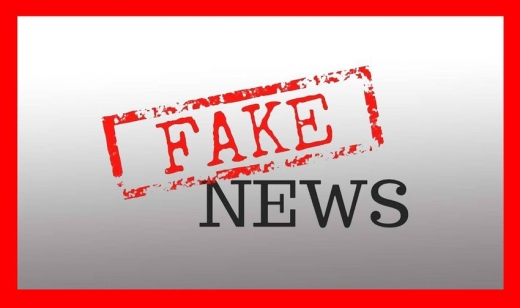
We live in the Fake News Era. When a news outlet publishes an unfavorable story about someone, he or she screams, “Fake news.” Bots, internet trolls, and disreputable web sites promote phony stories, undermining the credibility of honest reporters and publications.
It’s a tricky time to work in media relations. Reporters are suspicious. Audiences are dubious and distracted. Executives at companies we advise are impatient and want accurate—and favorable—coverage.
So how do we deliver results? By being a credible broker of information and insight. Credibility is currency in both the C-suite and in the newsroom.
Here are seven ways to build credibility as a media relations professional:
- Build rapport with reporters. Whenever possible, meet in person. Earn their trust and respect and never abuse it. Help them do their jobs. Earn goodwill. You’ll likely need it someday.
- Get your story right. When you’re pitching reporters, play it straight. Don’t exaggerate a story line. Make sure your materials are accurate.
- Prepare your spokesperson. Prepare and rehearse your talking points. If it’s a complicated issue, share written and visual explanations. Poorly prepared interview comments often lead to problems with published stories.
- Join the interview. Be there or join the call when your CEO or spokesperson is talking with the reporter. If possible, fix misunderstandings or errors before the interview concludes. Don’t wait for the story to publish.
- Own your errors. If you make a mistake, admit it and apologize. Explain why it happened. Move on.
- Demand accuracy. If a reporter or editor makes an error, politely but firmly ask that it be corrected. Explain why it is wrong. Show your facts and sourcing.
- Think like a reporter. Don’t make a sales pitch. Buy an ad for that. Pitch ideas that readers and viewers want to see. Suggest great visuals to illustrate the story. As a longtime reporter said recently, “If your story didn’t make the news, it’s probably because it wasn’t news.”
Reporters deeply resent charges of lying or creating false stories. The journalists I know hold themselves to high ethical standards. They want to get the story right and tell it fairly. They know charges of “fake news” are usually made by people who don’t like the facts.
As media relations professionals, it’s our job to advocate for our clients and organizations. We can—and must—do that while delivering accurate, credible information to reporters and our other audiences.
